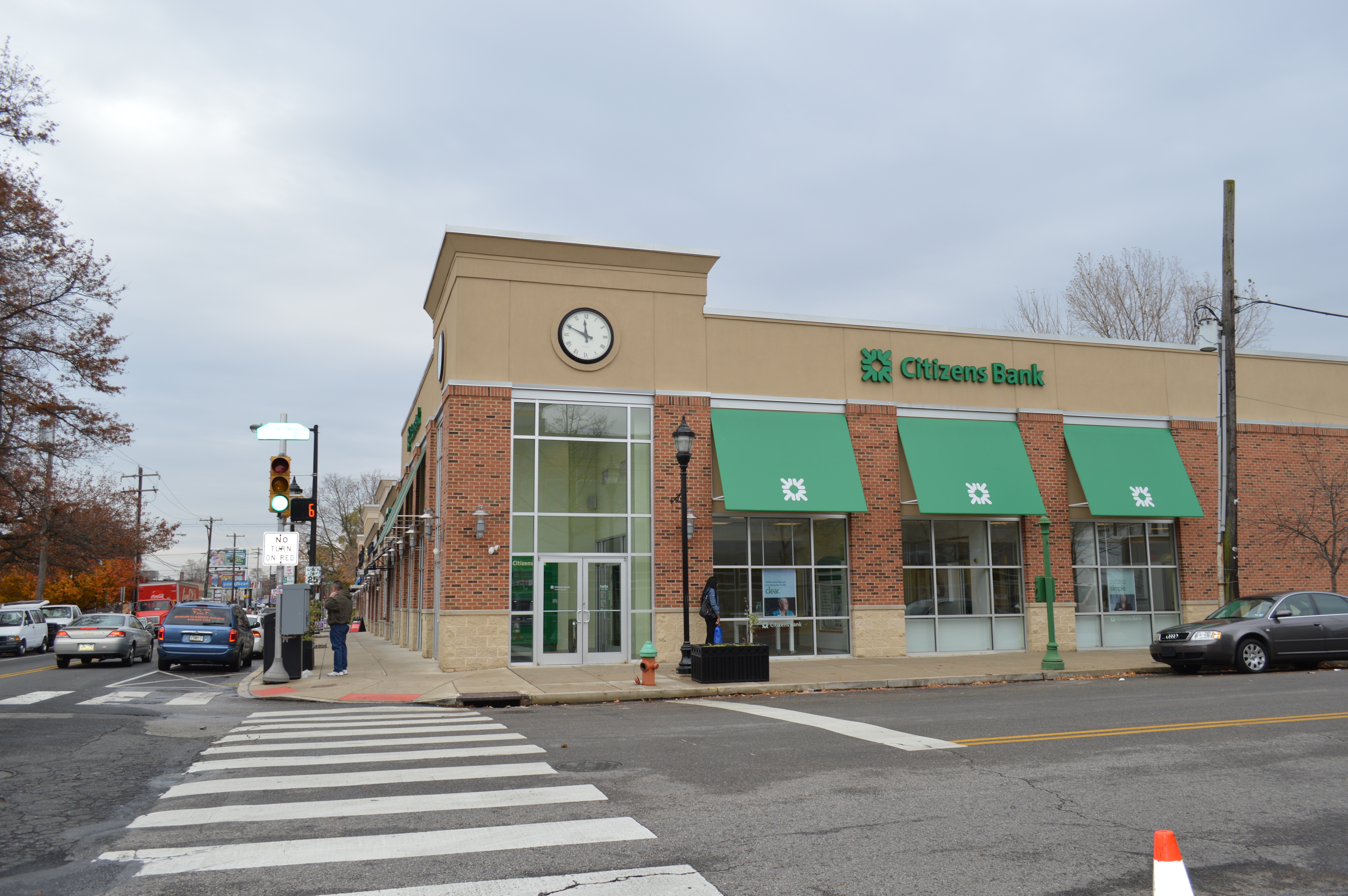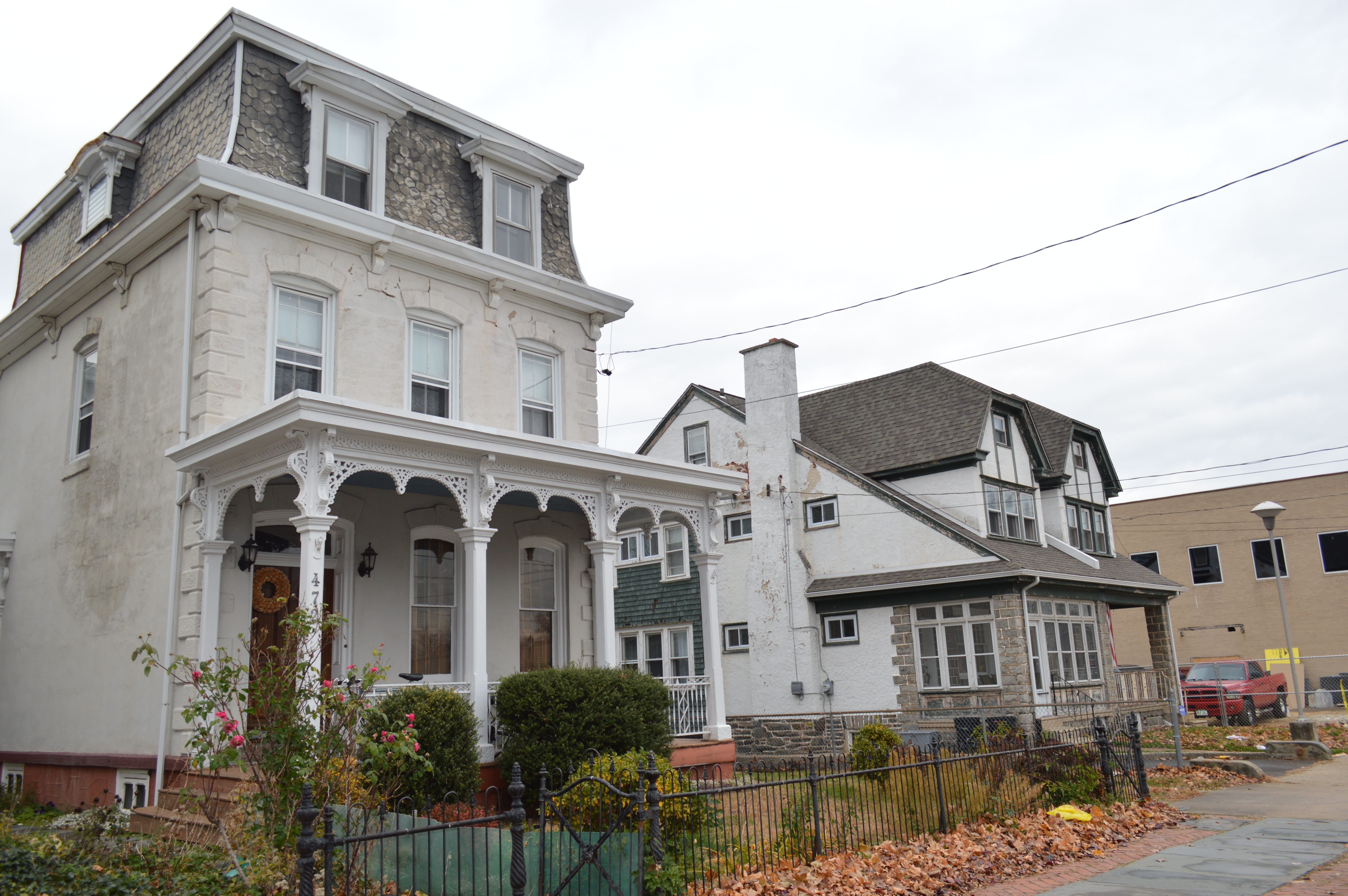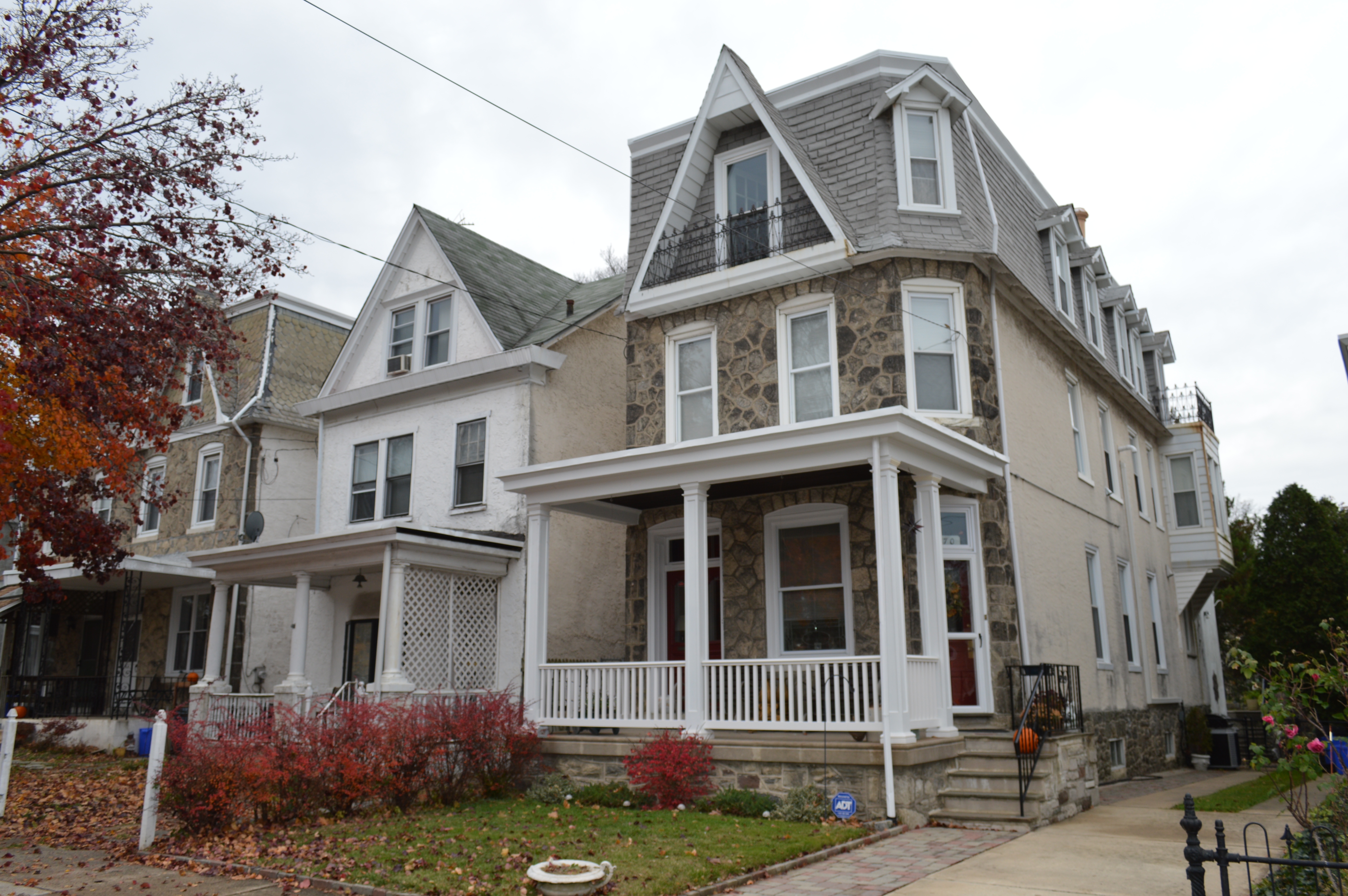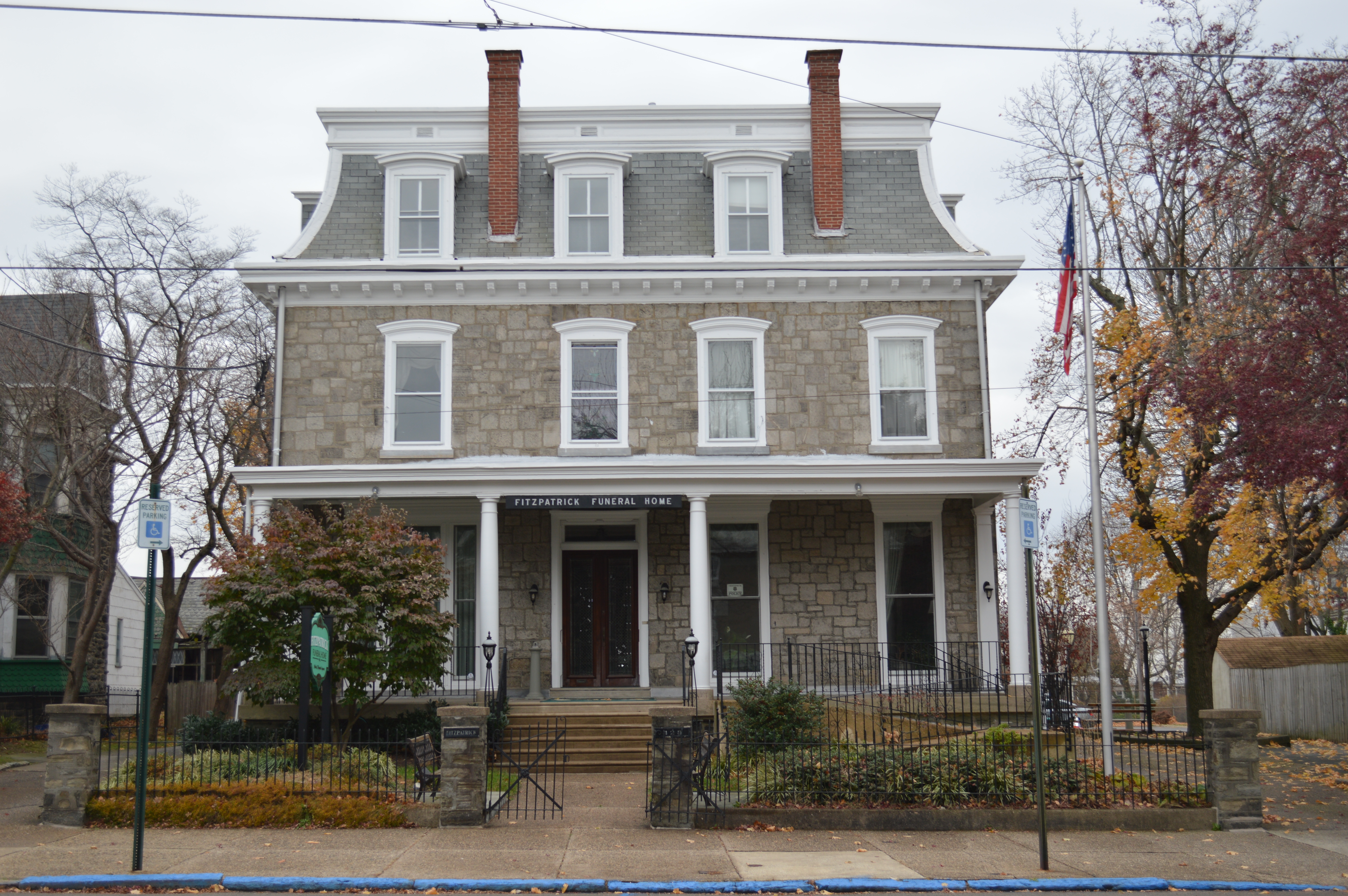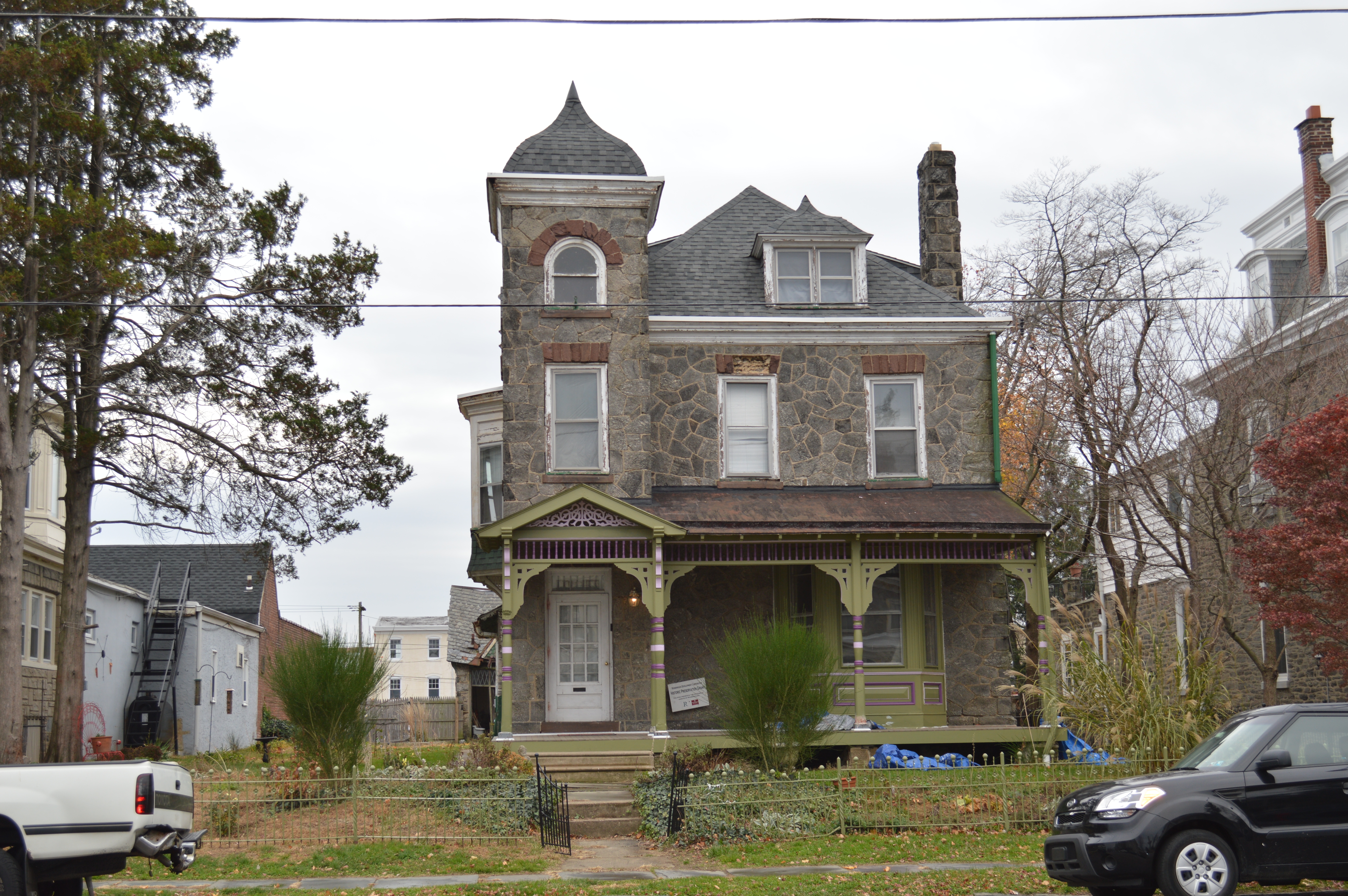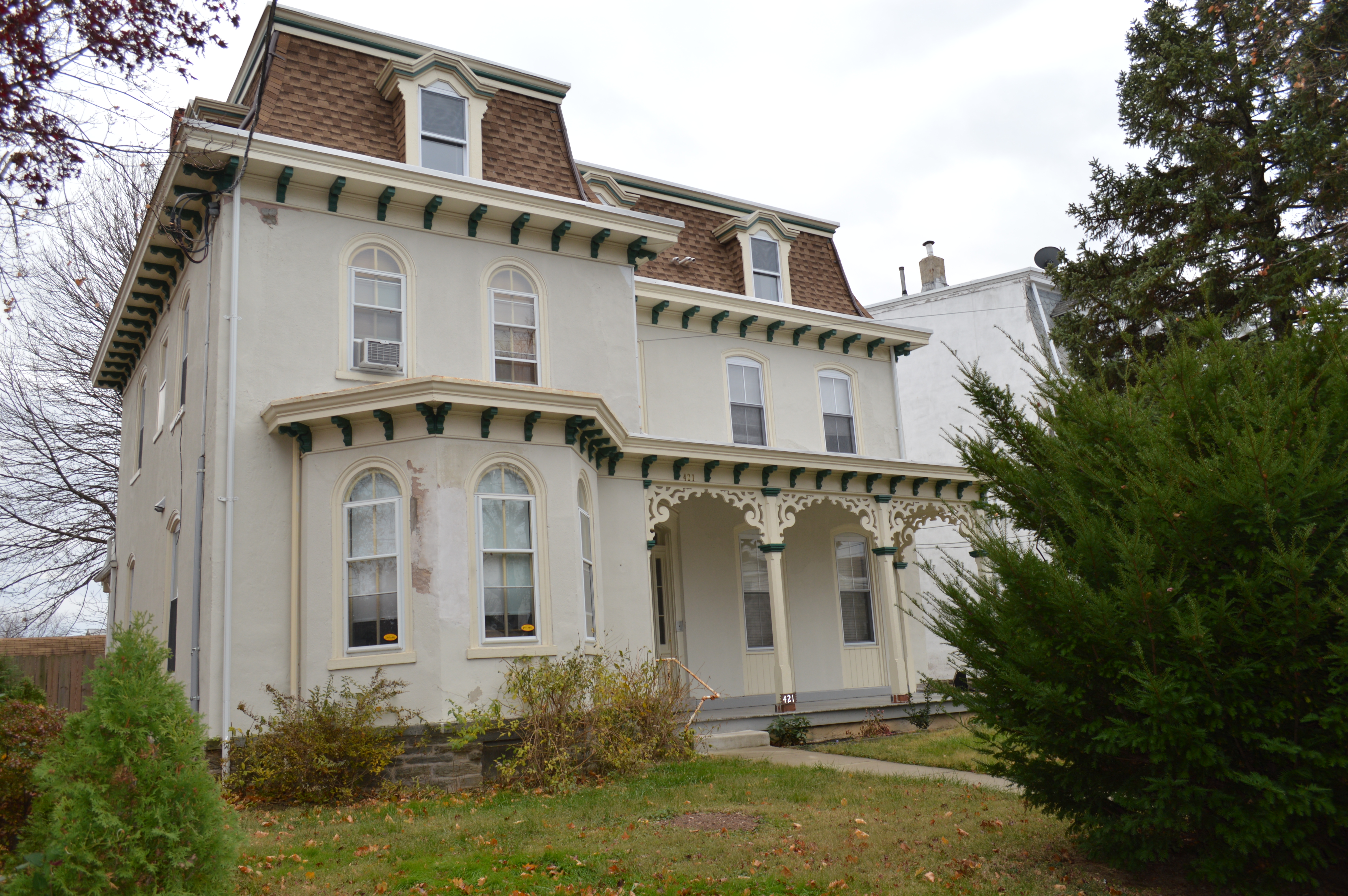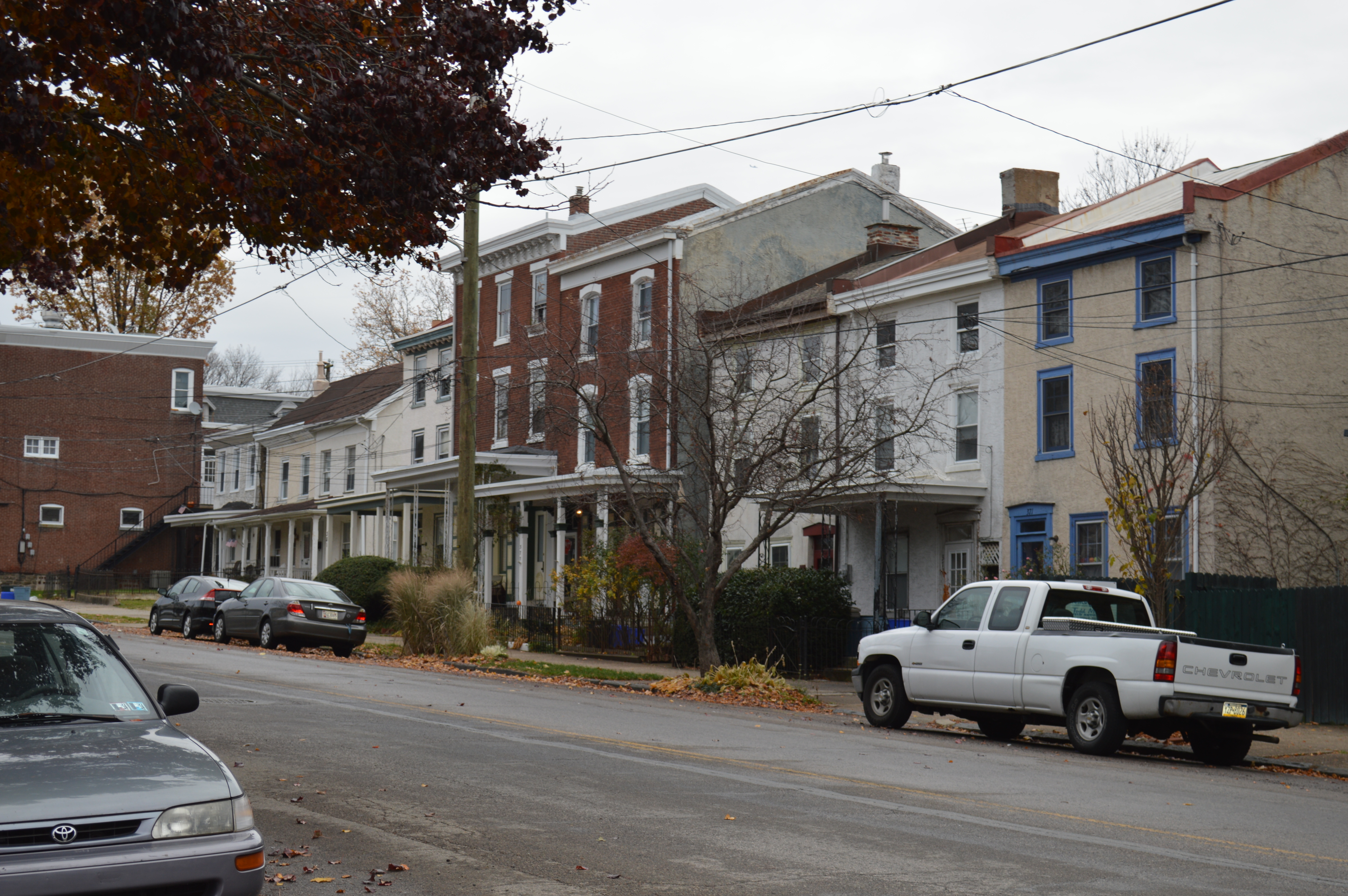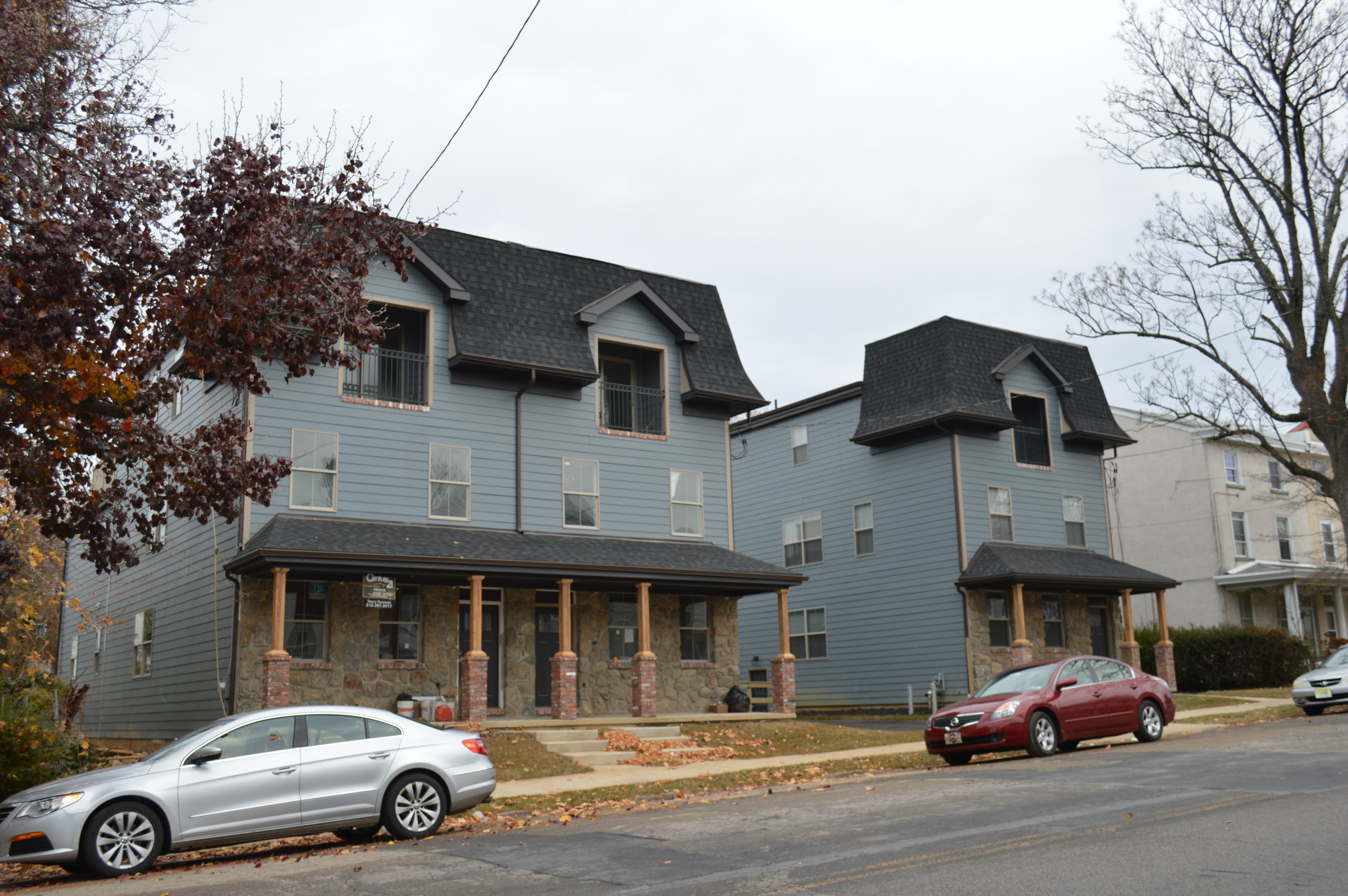Recognizing Roxborough: Is the neighborhood losing its character?
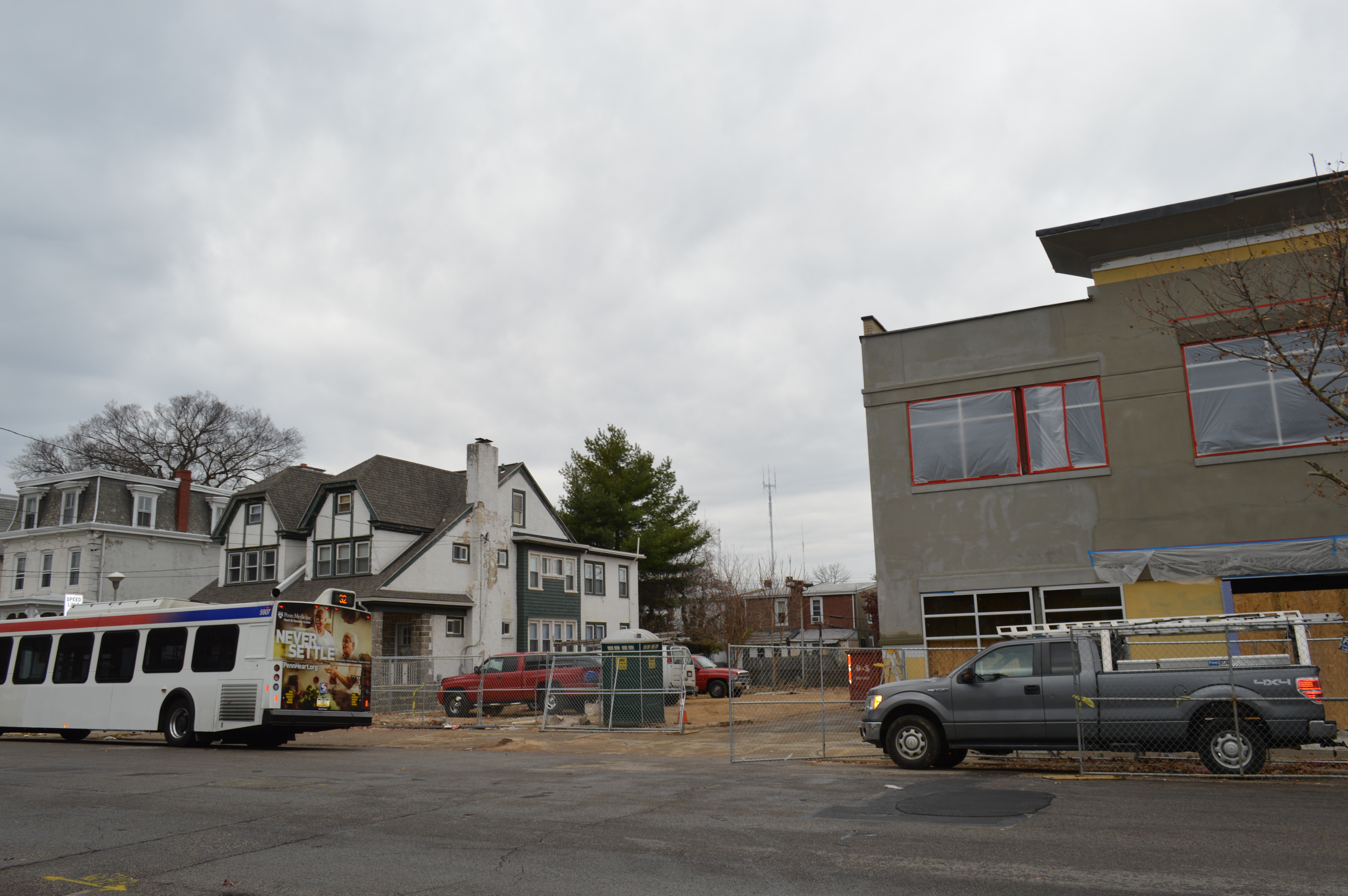
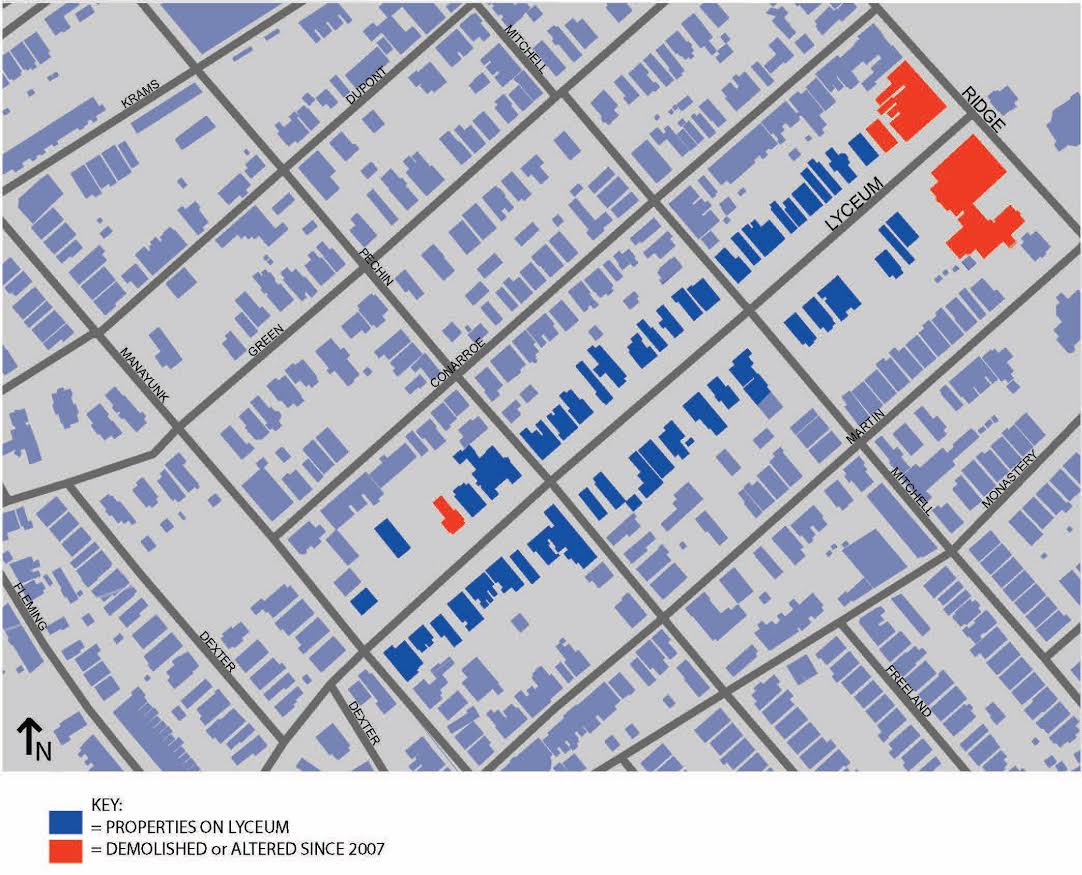
Roxborough has been in the news recently due to new development projects along Ridge Avenue, the main artery of this Northwest Philadelphia neighborhood. In the one mile stretch from Hermit Street to Green Lane, Ridge Avenue has seen proposals for a new tract housing, a Wendy’s fast food restaurant, a gym, and commercial space that are either in the development process or have been completed or over the course of the past year. But this development activity is not solely concentrated within the Ridge Avenue commercial corridor; it extends into the residential sections of the neighborhood, including Lyceum Avenue, located in central Roxborough. And with all of this change, some fear that Roxborough is losing its community character.
Lyceum Ave is an historic street characterized by Italianate and Gothic Villas, late 19th century twins, and row houses, but its Victorian appearance is changing. As a resident of Lyceum I have watched several historic landmarks in the neighborhood including the Bunting House and a group of late 19th century carriage houses disappear in favor of new development, which is changing the character of the 3-block street. On Lyceum Avenue a set of twins on was demolished in September to make way for a parking lot for the redeveloped Roxborough Bank Building. In 2012, 368 Lyceum Avenue was demolished to make way for new single-family homes.
New development is certainly bringing investment to the neighborhood, but there is also a fear that it is quickly eroding what makes Roxborough, Roxborough. While residents are pleased with the redevelopment and reinvestment in sites, they are not necessarily happy with design choices and development patterns. Conversations with local residents and a review of online message boards reveal a distaste for the design of new projects, ranging from criticism of the buildings’ style to the site configuration, which typically encourages automobile use and takes away from the traditional feel of the commercial corridor on Ridge Avenue.
Alongside changes to the architectural character of Lyceum Avenue, there have been complaints from neighbors about changing demographics. Helen Mangelsdorf, who has been a neighborhood resident since 1986 has noticed these changes. When her family moved in, they chose the neighborhood because it was affordable, safe, and had a “neighborhood main street feel.” However, the neighborhood has changed over the course of the past few decades as local businesses have vacated commercial space along Ridge Avenue and formerly single-family homes on Lyceum and neighboring streets have been subdivided into apartments.
With the increase in apartments has come a change from owner-occupied housing for families and couples to rentals occupied with singles and younger populations. At the same time, Mangelsdorf notes that there are new families making an investment on the street. At issue is the conflict between the more transient, young renter population and the older property owners who feel the renters have less of a stake in the neighborhood and do not participate in community life. This shift in residents, partnered with demolition of historic sites, has alienated many long-term residents who wish to keep the traditional neighborhood feel of Roxborough.
As a result, community members have come together in the interest of developing a local conservation district for the neighborhood, as well as a National Register historic district in the core of the neighborhood. Talks among community members, the Planning Commission, and the Roxborough Development Corporation of establishing a conservation district in Roxborough began this fall, as NewsWorks reported in September. A conservation district would use zoning to ensure new development is compatible with the neighborhood’s traditional form, and a National Register historic district would open the door to financial incentives that prioritize preservation. As part of a rezoning effort by the Planning Commission, sections of the neighborhood were “up-zoned” from RSA-2 to RSA-3 to encourage density. However, residents like Bob Spear are not pleased with the change and fear that the rezoning will further erode the historic character of the neighborhood.
Time will tell if the the conservation district currently in the works will develop into an official zoning overlay in the neighborhood, or if the proposal for the National Register historic district will lend legitimacy to the architectural heritage of Roxborough. As it stands all historic preservation efforts have been reactive, coming only after the community learns of redevelopment plans. In order to avoid further losses of the area’s historic character, proactive measures must be taken soon.
WHYY is your source for fact-based, in-depth journalism and information. As a nonprofit organization, we rely on financial support from readers like you. Please give today.



